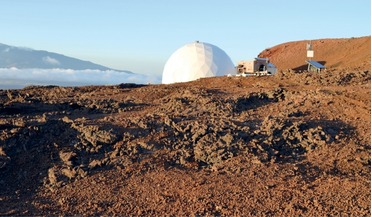 May 2017
Recipe for success on flights to Mars
May 2017
Recipe for success on flights to Mars
... stale. The scenery through the one window never changed, the work was repetitive and the EVAs never took us more than a mile or two away. The greatest source of variety day-to-day was our...
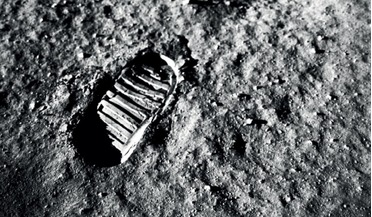 November 2017
Preserving Apollo’s lunar legacy
November 2017
Preserving Apollo’s lunar legacy
... first person initially trained as a scientist to walk on the Moon, photographed on 13 December 1972 during the third Apollo 17 EVA at the Taurus-Littrow landing site. Article II of the Treaty states that “outer space, including the Moon...
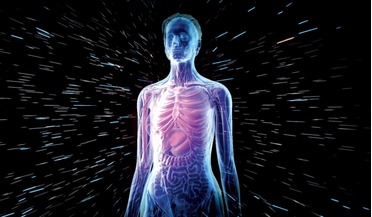 October 2018
Radiation study paves way for safe deep space exploration
October 2018
Radiation study paves way for safe deep space exploration
... even modest amounts of shielding are beneficial for SPE protection, being inside the spacecraft and not on EVA during SPEs is very important. Interestingly, there is an inverse relationship between the amount of GCR radiation and the...
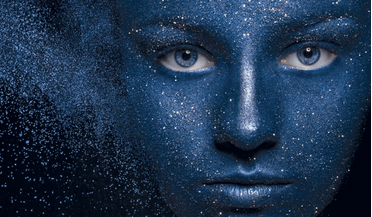 November 2018
Being human in space
November 2018
Being human in space
... environment in contrast to an immediate ‘forced’ acceptance of the dissociative circumstances. The mechanical background sounds inside a spaceship or EVA suit are often loud and persistent. Silence is hardly possible. The same applies to light and...
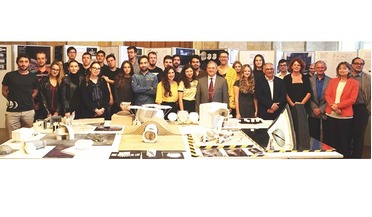 August 2019
Architectural challenges of a Moon village
August 2019
Architectural challenges of a Moon village
...’ training centre on the lunar surface. There, astro-scientists will be trained to perform complicated extra-vehicular activities (EVA) and carry out advanced research in conditions of reduced gravity. They will learn new skills, retrain in skills...
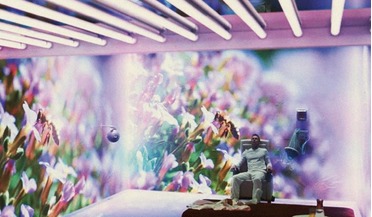 May 2020
Mixed reality in the design of space habitats
May 2020
Mixed reality in the design of space habitats
..., Shuttle astronauts used VR extensively in combination with neutral buoyancy training for extra-vehicular activity (EVA) simulations. Figure 2. Astronaut Alexander Gerst training in a 3D virtual reality laboratory. Figure 3. Astronaut Christina Koch...